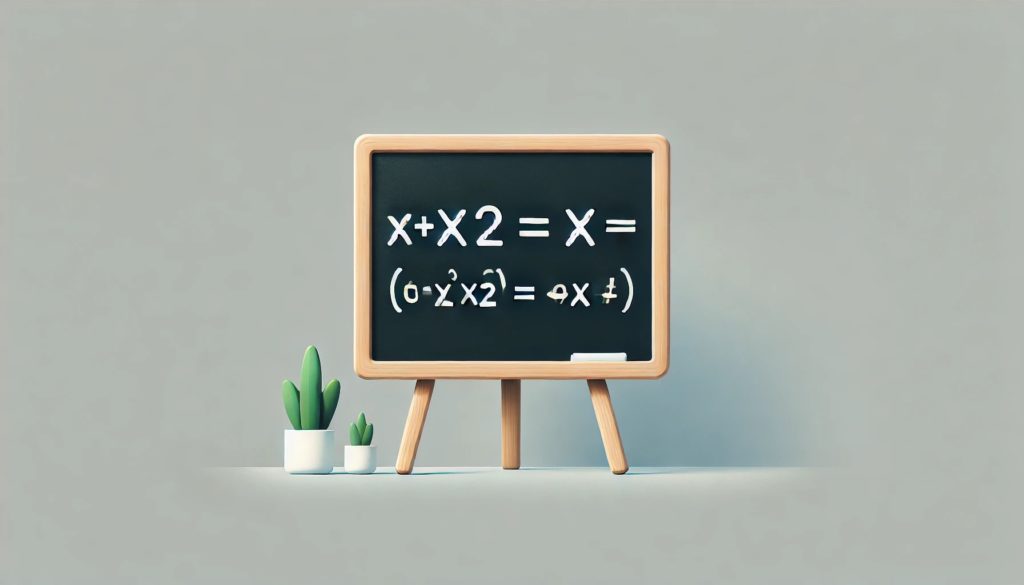 Today, it’s going to be short. My quick question for you is:
Today, it’s going to be short. My quick question for you is:
What is the square root of x squared?
That is:

When I was still giving tutoring sessions, I asked this question to many high school and college students. Do you know how many knew the correct answer?
Two.
The breakdown of answers was roughly as follows:
75% answered ![]() (incorrect answer)
(incorrect answer)
20% sensed the trick and were too scared to say anything
5% came up with some interesting and surprising things
I’m skipping the two students who knew the correct answer (they come from 7-8 years of intensive tutoring).
The Answer
I really don’t know why no one knows this, but the square root of x squared is the absolute value of x:

If it were x, that means if:

This means that if we take (-1) as x, we should get:

…but we don’t, we get:

You will encounter this trap more than once in college and need to be vigilant. I wasn’t asking my students this to conduct private surveys (during the time they were paying for), but because the issue kept coming up in various contexts.
Okay, but why? – An Example
For example, in the limits of functions (and sequences too), you often have to do this trick:

…and the standard mistake here is:

…which may or may not be true, because it should be:

…now we SHOULD check whether x is positive or negative (if we are in limits and we know, for example, that ![]() , we know it is positive, very positive).
, we know it is positive, very positive).
Now using the definition of the absolute value:
…we know that if x is positive (well: non-negative), then:

…but if x is negative, then to our surprise we have:

The mistake obviously often affects the result and the final score on the exam.
So watch out for ![]() !
!


